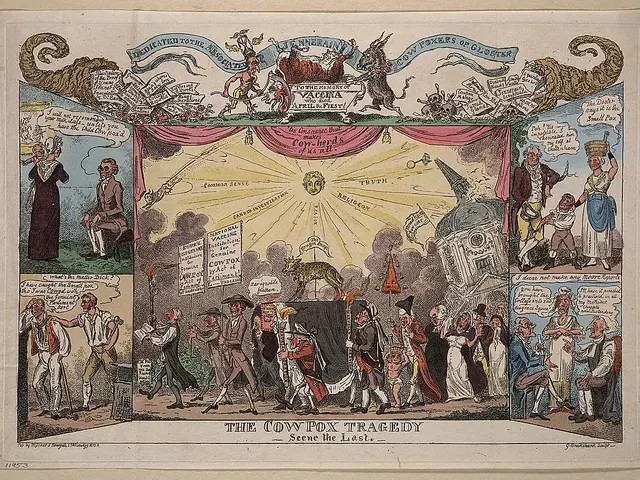Differentiate Among Implication, Inference, and Related Term Confusions
In the realm of content marketing, the choice of words can make all the difference. Words like "imply," "infer," "suggest," "insinuate," "indicate," and "state" are powerful tools that can help marketers convey their messages with precision and avoid unintended interpretations.
To imply is to hint at something without directly stating it. In content marketing, implying a benefit or feature can encourage readers to engage further without making overt claims. For instance, instead of saying "Our product reduces stress levels by 50%," a marketer might imply this by writing, "Experience a noticeable reduction in stress with our product."
On the other hand, to infer involves making a conclusion based on evidence or information provided. In writing, the goal is often to guide the reader to infer a message by using suggestive language or examples. For example, a marketer might write, "Many of our satisfied customers report feeling more relaxed after using our product," leaving the reader to infer that the product reduces stress.
Suggesting involves recommending or proposing an idea or action without compelling the reader to adopt it. In content marketing, suggestions can be used to encourage engagement or action, such as "Sign up for our newsletter."
Insinuating involves hinting at something in a subtle, often negative way. This can be risky as it may lead to unintended interpretations or negative reactions. For instance, a teacher might insinuate favoritism when he praises one student more than the others, while he indicates his favorite student when asked.
Indicating involves showing or pointing out something. In content marketing, indicators are used to guide the reader toward a conclusion or highlight important information. For example, a marketer might use bullet points to indicate key features of a product.
Stating is the most direct form of communication, where information is presented clearly and explicitly. In writing, stating facts or claims can establish authority and clarity.
Understanding these differences is crucial for effective communication and avoiding unintended interpretations. In the context of content marketing, choosing the right word can help tailor messages to resonate with the audience effectively and avoid ambiguity.
For instance, personalization using data-driven insights can help in suggesting relevant products or services to customers, enhancing engagement and conversions. Effective use of social media marketing activities can imply brand quality and value, encouraging purchase intentions among younger audiences. Clearly stating what subscribers are opting into helps avoid misunderstandings and ensures compliance with consent regulations.
Connecting with a content strategist at ClearVoice can help with outsourcing writing needs, providing access to a vast talent network of experienced writers to help with content needs. By using the right words, content remains professional and high-quality, ensuring that the intended message is conveyed effectively and resonates with the audience.
- In content marketing, suggesting relevant products or services to customers based on personalization using data-driven insights can enhance engagement and conversions.
- Effective use of social media marketing activities can imply brand quality and value, encouraging purchase intentions among younger audiences.
- Clearly stating what subscribers are opting into helps avoid misunderstandings and ensures compliance with consent regulations.






